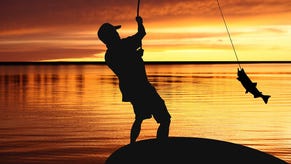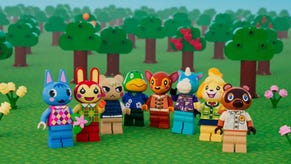Animal Crossing seasons, northern and southern hemispheres in New Horizons explained
How your choice of hemisphere affects the seasons in New Horizons.
Animal Crossing: New Horizons uses the Nintendo Switch's inbuilt clock to match the flow of seasons on your island to that of reality. This means that if it's winter in the real world, then it will be winter in the game.
As the seasons change you'll discover new bugs and fish on your island, which you can then donate to the museum.
You can now also decide which hemisphere your island is in - northern or southern - and this decision will have an effect on how the seasons flow on your island.
On this page:
- Northern and southern hemispheres in Animal Crossing: New Horizons explained
- Spring, Summer, Autumn and Winter month dates in Animal Crossing: New Horizons explained
- Spring in Animal Crossing: New Horizons explained
- Summer in Animal Crossing: New Horizons explained
- Fall in Animal Crossing: New Horizons explained
- Winter in Animal Crossing: New Horizons explained
Northern and southern hemispheres in Animal Crossing: New Horizons explained
Animal Crossing: New Horizons is the first game in the series to let you decide which hemisphere your island is located.
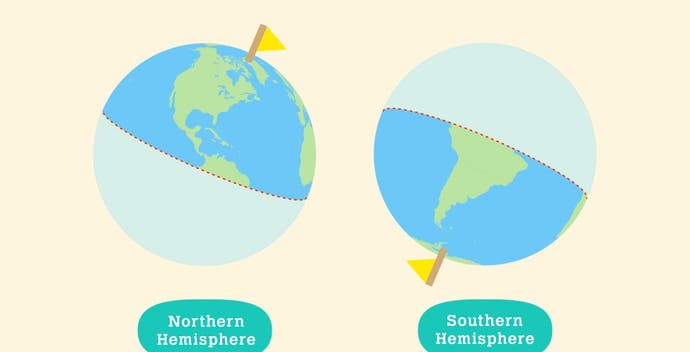
Your choice of hemisphere will determine when you experience each season in accordance to when these seasons occur on the real world hemispheres.
If you pick the southern hemisphere, for example, then you'll experience winter throughout June, July and August, just like the southern hemisphere in the real world.
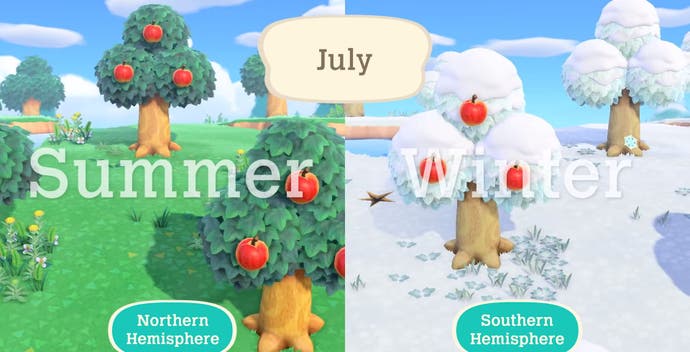
You make your choice of hemisphere at the beginning of the game when you're choosing the island you wish to move to.
Spring, Summer, Autumn and Winter seasonal dates in Animal Crossing: New Horizons explained
Regardless of your chosen hemisphere - when does Spring, Summer, Autumn and Winter take place in Animal Crossing: New Horizons?
| Season | Northern Hemisphere | Southern Hemisphere |
|---|---|---|
| Spring | March, April, May | September, October, November |
| Summer | June, July, August | December, January, February |
| Autumn | September, October, November | March, April, May |
| Winter | December, January, February | June, July, August |
Let's look at each individual season in closer detail...
Spring in Animal Crossing: New Horizons explained
If your island is located in the northern hemisphere, then spring will run throughout March, April and May.
If your island is located in the southern hemisphere, however, then spring will occur during the months of September, October and November.
During the months of spring, the trees on your island will begin to blossom, filling the air with flower petals. Throughout this season you'll be able to catch a range of bugs and fish, which you won't be able to find outside of spring.
A number of events will also occur during spring, including Bunny Day and spring fishing tourneys. Bunny Day is the Animal Crossing equivalent of Easter and will give you the chance to collect some rare furniture.
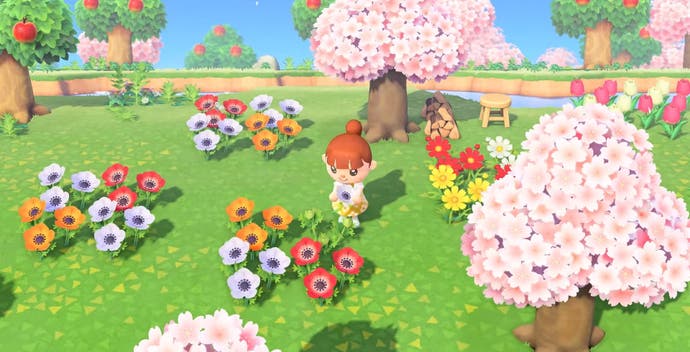
Summer in Animal Crossing: New Horizons explained
Summer for islands in the northern hemisphere occurs during June, July and August.
In the southern hemisphere, however, summer runs throughout December, January and February.
The hot summer months will allow the wildlife on your island to truly bloom; the foliage will turn a vibrant green and you'll be able to find a new selection of bugs, including mantis. The sea and rivers of your island will also be full of new fish for you to catch.
Like every season, you'll be able to take part in a variety of events throughout the summer, which includes bug catching competitions.
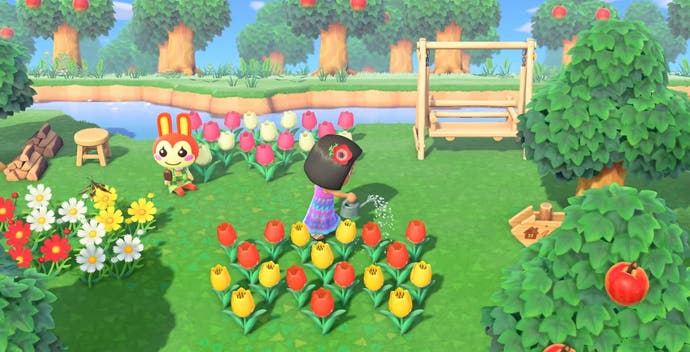
Fall in Animal Crossing: New Horizons explained
Fall for islands in the northern hemisphere happens during September, October and November.
If you placed your island in the southern hemisphere, then fall will occur during March, April and May.
The leaves of trees will slowly bronze and mushrooms will bring to appear across your island during fall. You'll also be able to find a selection of bugs and fish that only appear in fall around your island, which you can either sell or donate to the museum.
Fall is home to a number of holidays, such as the Harvest Festival and Halloween. These events will give you the opportunity to collect some rare items either from the pumpkin wearing Jack for Halloween or Franklin the turkey for the Harvest Festival.
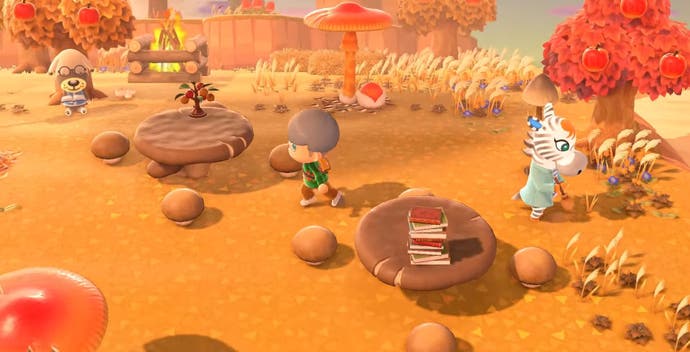
The Animal Crossing 2.0 update and Happy Home Paradise is here! We can help you with the new additions - including where to find Brewster, Gyroids, new villagers, ordinances, new fences, storage shed, new hairstyles, Froggy Chair, group stretching and Kapp'n boat tours. Cooking is now unlockable, so you need to know how to make both flour and sugar, as well as how to grow carrots, potatoes and tomatoes. Meanwhile, if you're new to Animal Crossing, our New Horizons tips can help with the basics. From the off, there's fish and bugs to catch, flowers and fruit to grow with. One long term goal is building your Happy Home Academy score. Finally, you need tools such as the new ladder and vaulting pole to fully explore.
Winter in Animal Crossing: New Horizons explained
An island in the northern hemisphere will experience winter during the months of December, January and February.
If you've decided to live in the southern hemisphere, however, then winter will occur during June, July and August.
As the cold nights close in, snow will fall on your island creating a winter wonderland. The trees will even acquire lights to celebrate the coldest season and, if you shake them, you might receive a bauble.

Alongside more seasonal fish and bugs for you to collect, you'll be able to enjoy a variety of winter activities, such as watching the Northern Lights and building snowmen.
Sadly, however, you will have to watch those snowmen melt when spring begins to arrive.
Winter also brings its own range events including Toy Day, which will see Jingle the black-nosed reindeer visiting your island.








